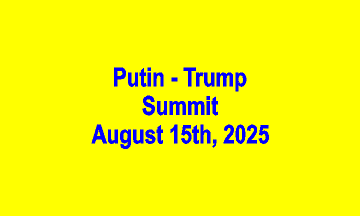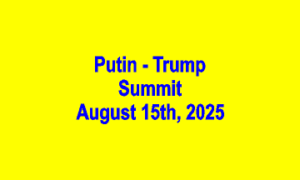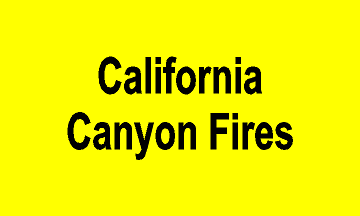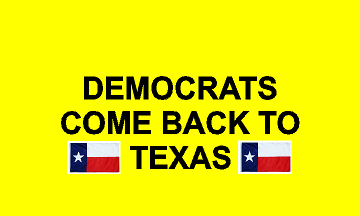Putin Trump summit signs will be on full display on August 15th, 2025. Political summits attract intense global attention. Signs play a powerful role in shaping public perception and event atmosphere. The Putin Trump Summit was no exception. Visual messaging at such events goes far beyond decoration. Signs deliver political statements without speaking a word. They set the tone and send signals to supporters and critics alike.
Every summit’s media coverage captures images instantly, often including signage in the background. These signs can outlast speeches in the public’s memory. Strategically placed signage guides attendees, influences journalists, and frames photo opportunities for the leaders. This is why event organizers treat signage as a core element of summit planning.
The Strategic Role of Political Event Signs
Political signs are far more than simple marketing tools. They are messaging devices designed to influence perception. Every choice—color, font, and layout—affects audience emotions. At the Putin Trump Summit, signs guided attendees through security checkpoints and event spaces, reinforced branding, and supported each leader’s image goals.
In political settings, signs may appear neutral to the public, but their design subtly reflects the host’s values. This can include national colors, symbolic imagery, or historical references. Summit signage is reviewed and approved by multiple officials to ensure it aligns with diplomatic messaging. Even the font choice can convey strength, unity, or diplomacy.
Types of Putin Trump Summit Signs.
The summit featured a variety of sign types, each serving a unique purpose. Directional and informational signs guided guests to conference rooms, press areas, and restrooms. These were clear, simple, and easy to read from a distance. Backdrops and step-and-repeat banners provided iconic photo opportunities, ensuring summit branding appeared in every media image.
Podium signs were minimal yet symbolic, often including official seals or summit titles. Security and restricted-area signs maintained safety while still blending with the summit’s branding style. Media room signage reinforced the event’s identity and ensured televised broadcasts had consistent visual elements in the background.
Color Psychology in Political Messaging
Colors influence emotions instantly, and political sign designers use this knowledge carefully. Red, white, and blue are common for U.S. representation, while Russia uses red, blue, and white as well. At the Putin Trump Summit, these colors were blended into a cohesive visual theme.
Neutral tones conveyed diplomacy and seriousness, while bold tones signaled strength. Dark blue suggested trust and stability, while red implied power and urgency. When combined, these colors balanced assertiveness with authority, creating a message of both strength and cooperation.
Typography Choices and Political Perception
Typography is another subtle but important part of political event signage. Serif fonts convey tradition and formality, while sans-serif fonts suggest modernity and progress. The Putin Trump Summit signage favored bold, clear typefaces for maximum legibility on camera and in person.
Letter spacing, weight, and capitalization also shaped perception. All caps appeared commanding and authoritative, while mixed case felt more approachable. Typography worked quietly in the background, influencing the tone of the summit without viewers consciously noticing.
Media Impact of Summit Signs
Signs are not only for the attendees—they are for the cameras. A single summit image can appear worldwide in seconds, with the sign behind the leaders becoming part of history. Summit signage is tested for readability under various lighting conditions to ensure visibility in photographs and broadcasts.
Television close-ups of leaders often still show the summit branding in the background, creating a visual anchor for viewers. Without signage, televised events risk appearing less official. With well-placed signage, the event gains authority, identity, and historic presence.
Cultural and Diplomatic Considerations
International political signage must respect cultural and diplomatic protocols. Symbols acceptable in one nation might offend another. Flags are displayed with strict rules, giving both leaders’ flags equal prominence. Their arrangement on signs follows established diplomatic traditions.
Language choice is another sensitive factor. Signs may include both English and Russian, with translations double-checked for accuracy and tone. Cultural missteps in signage design can cause controversy, so all summit signs undergo multiple reviews before printing and placement.
Most summit signs are temporary, created for the event and removed immediately afterward. Temporary signs are printed on lightweight materials like vinyl for banners and foam board for podium or freestanding displays.
Permanent signs are less common, but some events commission plaques or installations to commemorate the meeting. These lasting displays become part of the venue’s history. The Putin Trump Summit relied mostly on temporary signage for flexibility, security, and easy removal.
Printing and installing summit signage is a complex, high-pressure operation. Printers often work under extremely tight deadlines, as last-minute political changes can alter designs. High-quality printing ensures color consistency across all materials, from banners to podium signs.
Installation crews coordinate with security to place signs in precise locations for maximum visibility and proper camera framing. Often, installation occurs overnight to avoid disrupting preparations. After the event, removal is swift to prevent unauthorized access or souvenir-taking.
How Messaging Shapes Public Perception
Political signs do more than mark a location—they help craft the summit’s story. A professional, balanced design promotes unity, while a poorly executed sign can undermine the event’s credibility.
Messaging is often subtle. Words like “Summit” and “Dialogue” signal cooperation. Symbols such as handshakes or globes suggest peace. At the Putin Trump Summit, signage balanced formality with diplomacy, reinforcing the historic nature of the meeting between two powerful nations.
Planners of future summits can learn valuable lessons from the signage strategy of the Putin Trump Summit. First, plan early to allow for design approvals and revisions. Second, test signs for media visibility under different lighting conditions. Third, follow flag, language, and protocol rules to the letter. Fourth, remain flexible for last-minute changes. Finally, secure signage before and after the event to prevent misuse.
These best practices help protect the event’s image, ensure smooth operations, and guarantee that signage fulfills its diplomatic role.
The Putin Trump Summit proved that signs can speak louder than speeches. From backdrops to podium logos, every design element was intentional. Each piece contributed to a narrative of diplomacy, power, and historic engagement.
Political signs serve as silent ambassadors for leaders and nations. They set the tone, influence public perception, and frame history’s visual record. Future summits will continue to treat signage as a strategic tool, ensuring that every camera shot carries a clear, intentional message. Let’s all hope the summit is a huge success.







